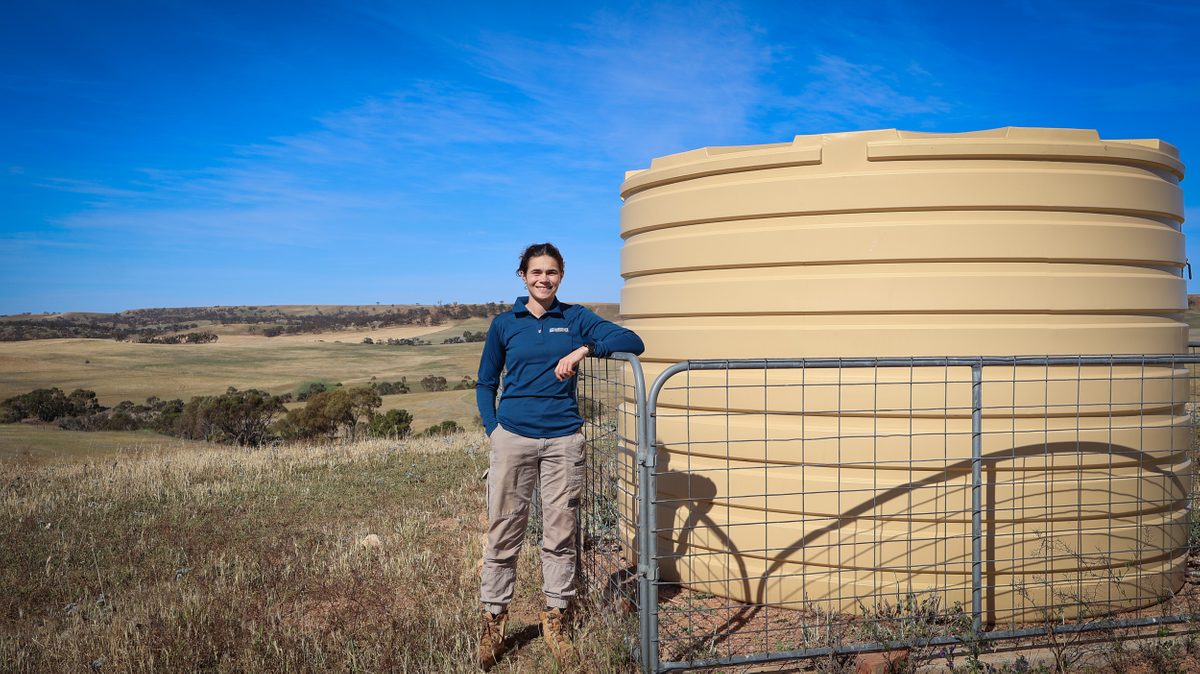First baby plovers of the season hatch on Copper Coast
Despite the weekend’s wild weather, two hooded plover chicks hatched at Moonta Bay in the early hours of Saturday morning and are learning to feed in the rocks with their parents.
Friends of Hooded Plover volunteers and Natural Resources Northern and Yorke staff monitored the pair closely after their nest was discovered in October and have been anxiously awaiting the arrival of the chicks.
Natural Resources Northern and Yorke Community Ranger Janet Moore said that hooded plovers breed between August and March each year, laying their eggs on the sand above the high tide mark.
“Breeding on a busy beach might seem like a strange thing to do, but when the chicks hatch, they need to be close to their food which is located in the rocks and seaweed at the water’s edge, as they are unable to travel far on their tiny legs,” Ms Moore said.
“The nest was fenced off so people knew to walk around it and beachgoers gave the pair sufficient space to successfully incubate their eggs.”
Ms Moore said the arrival was particularly exciting after the last nest was washed away during the September storm, when the entire beach was inundated with destructive waves.
“This has been a particularly difficult season for all three breeding pairs on the Copper Coast; the pair located at Port Hughes have had three nests fail since August and are on their fourth, while the pair located in between Moonta Bay and Port Hughes are now on their third nesting attempt.”
Hooded plovers have one of the lowest chick survival rates in the world due to disturbance, abundance of predators and accidental crushing during the early weeks of life; because the chicks only defence is camouflage, less than 10 percent survive to maturity.
Their numbers are declining across southern Australia and the species is already extinct in Queensland and northern New South Wales.
Ms Moore said that beachgoers can do a lot to help protect the chicks, especially in the first five to six weeks when they cannot fly and are at their most vulnerable.
“The hooded plovers need some space on the beach to raise their family, so walking along the water’s edge and passing through the signed areas quickly will reduce the risk to the birds,” Ms Moore said.
“If you spot a ‘hoodie’ or one of the signs when walking your dog, place your dog on a lead until you’re at least 100m away as unleashed dogs can chase or accidentally step on the chicks.”
If you would like more information, or to report a sighting, please contact Janet Moore at Natural Resources Northern and Yorke on 0447 418 391 or Janet.Moore@sa.gov.au.


